Year of the Ginkgo: Creativity
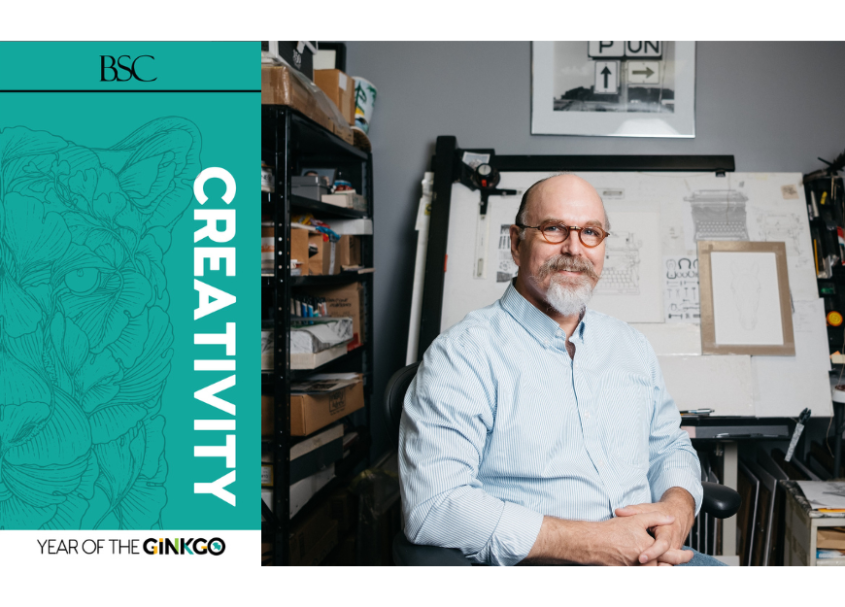
According to Don Stewart ’81, he didn’t realize he had earned a double major in biology and art until the day he graduated. He had originally set out as a pre-med student, interested in becoming a surgeon.
“I was a biology major, and I took an art course only in order to fulfill my humanities credit,” he says. “As a pre-med, you’re supposed to take art history because that proves that you can memorize vast quantities of information and regurgitate them on command, which is basically the prerequisite for medical school.”
But he didn’t want to take another academic course; instead, he opted to take basic drawing and painting for non-majors. It was Professor Raymond MacMahon who added the art major to Stewart’s transcript, allowing the pre-med student to take advanced drawing courses.
At the time, drawing and painting courses at BSC were taught by MacMahon, who had been a tank commander under General Patton in World War II, and who Stewart recalls as “terrifying.” When MacMahon asked Stewart why he was taking his class, Stewart replied, “I plan to be a surgeon, I need eye-hand coordination skills. Besides, I think I like to draw. This is the last chance I’ll ever have to learn.”
While it was not an immediate career shift, after earning a medical degree from UAB, and completing his surgical internship at Mayo Clinic in Rochester, Minnesota, Stewart left medicine for good, and established his own design firm, DS Art Studio in Birmingham in 2001. He has since created commissioned works for UAB Hospital, the National Museum of the Marine Corps in Washington D.C., the Wounded Warrior Regiment, Navy Seals, and Coast Guard, among others. Many of his drawings were created to raise awareness and funds for education, medical research, and ongoing medical support for service members and their families. His work has helped raise more than $75,000 for Wounded Warriors in all the various branches of the military.
Stewart says that during his surgery internship, he often went back to drawing as a means of therapy and relaxation. Once, a nurse asked him, “Dr. Stewart, when’s the last time you were happy?” He says that he was immediately transported back to the Birmingham-Southern art department.
“The final assignment I had in Bob Shelton’s drawing class at Birmingham-Southern was to draw a big picture made out of little pictures,” says Stewart. “I found a picture of Pablo Picasso, and there was all this random stuff lying around in that art studio, including a great big wine snifter. I turned that upside down and it was the same shape as Pablo Picasso’s head. And that got me started.”
That pencil design was the prototype for what is now Stewart’s signature style. “I have never been more satisfied in my life with the process of doing something,” he says.
“My training at Birmingham-Southern allowed me to walk out of the hospital and become a businessperson,” he continues. “That’s what liberal-arts training does. It gives you experience in a broad variety of thought processes and knowledge bases. It also forces you to identify yourself as a thinker, a historian, a philosopher, and an artist. I have BSC to thank for that.”
Stewart describes some of his work as “visual puns,” including a motorcycle made of out images of food (“fast food”), or a wolf out of knitted items (“wolf in sheep’s clothing”).
“I draw bad jokes,” he says, laughing. “I put dad jokes on paper. That’s what I do.”
Recently, he has been creating historical works involving what he calls “deep dives into a history of a place or an entity or a tradition,” including pieces for UAB’s Medical Alumni Association, and various branches of the military, where pieces depict historical events within a larger shape, such as a war ship, fighter jet, or the Navy Seals emblem. For UAB, Stewart made an intricate drawing of the new North Pavilion building, incorporated out of medical equipment placed in the areas of the hospital where those specialties would be practiced. He also did a piece portraying the former Jefferson Hospital, with the history of medicine in Alabama drawn into the shape of the building, incorporating the Creek Indian medical tradition, all the way up to a depiction of the rooftop television antenna as a DNA molecule.
Each of these projects involve in-depth historical research, which can take months.
“I can appreciate the details and the way it all is stacked up in my mind, because I learned how to diagnose,” he says. “My drawings are a series of several hundred problems to solve. Problems of shape and content and finding the most meaningful images that fit the right space in the right way. It also involves eye-hand coordination, which I equate to the surgical skill of being able to put the ink where I want it, where it does the most use.”
He says his favorite recent project was to design the Ginkgo Panther for BSC, which portrays the face of a panther in ginkgo leaves.
“I think it took all of two weeks to get that one done — it just crystallized. It speaks directly to the Hilltop.”
For the Marine Corps, Stewart incorporated 380 historical images, in chronological order, into a drawing of the famous War Memorial statue of the marines on Iwo Jima raising the flag at the top of Mount Suribachi in WWII.
“Another thing I learned at Birmingham-Southern,” says Stewart, “if I hadn’t already learned it from my family, was community service.”
With the help of the executive officer of the Wounded Warrior Regiment, he established a means of raising funds through his artwork for veterans.
“Our wounded veterans have value,” Stewart says, and this is his way of showing that to the world.
…
Stewart is currently offering special-edition Panther prints in order to support the College. “In order to help support and sustain Birmingham-Southern’s Endowment Fund, through June of 2023 we will be sharing half of the proceeds of all Panther print sales with the College’s fundraising efforts.”
8×10″ Signed, Open Edition, $20 ea.
12×16″ Signed & Numbered Limited Edition of 1000, $50 ea.
17×22″ Signed, Numbered Premium Giclée Edition of 500, $200 ea.
To purchase a Panther print, or to view more of Stewart’s art, visit dsart.com.

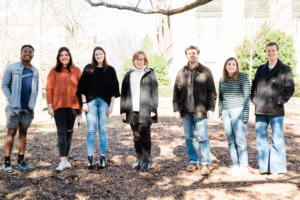

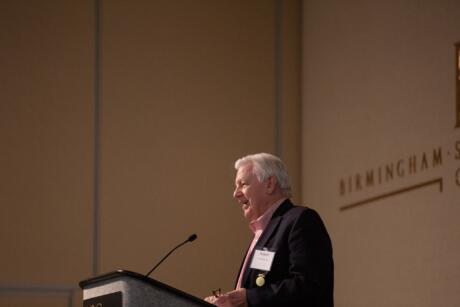
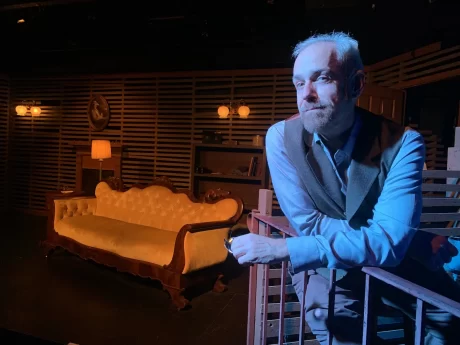
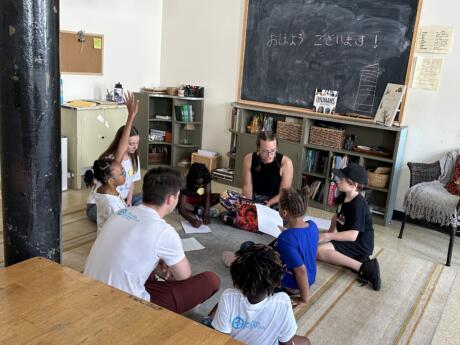
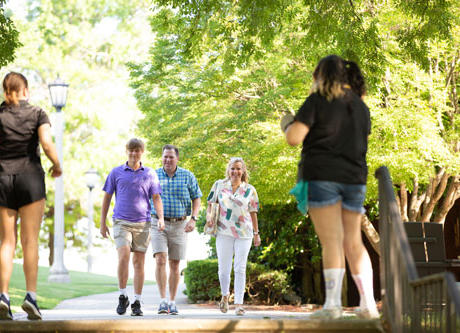
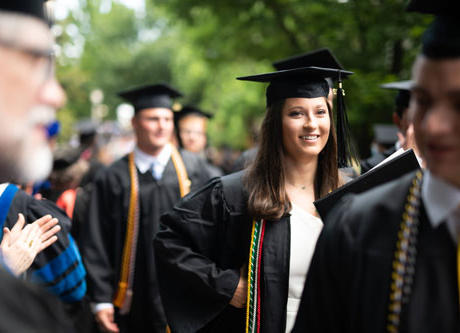
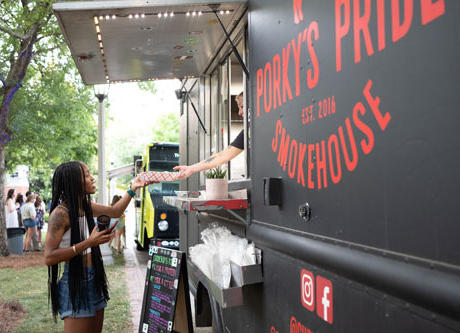

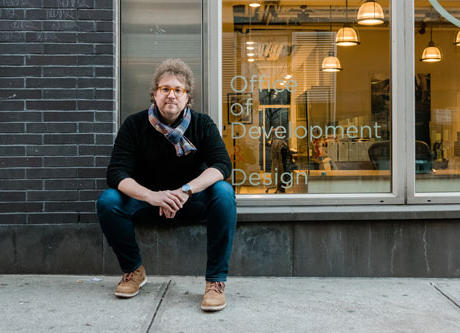
// Comments are closed //